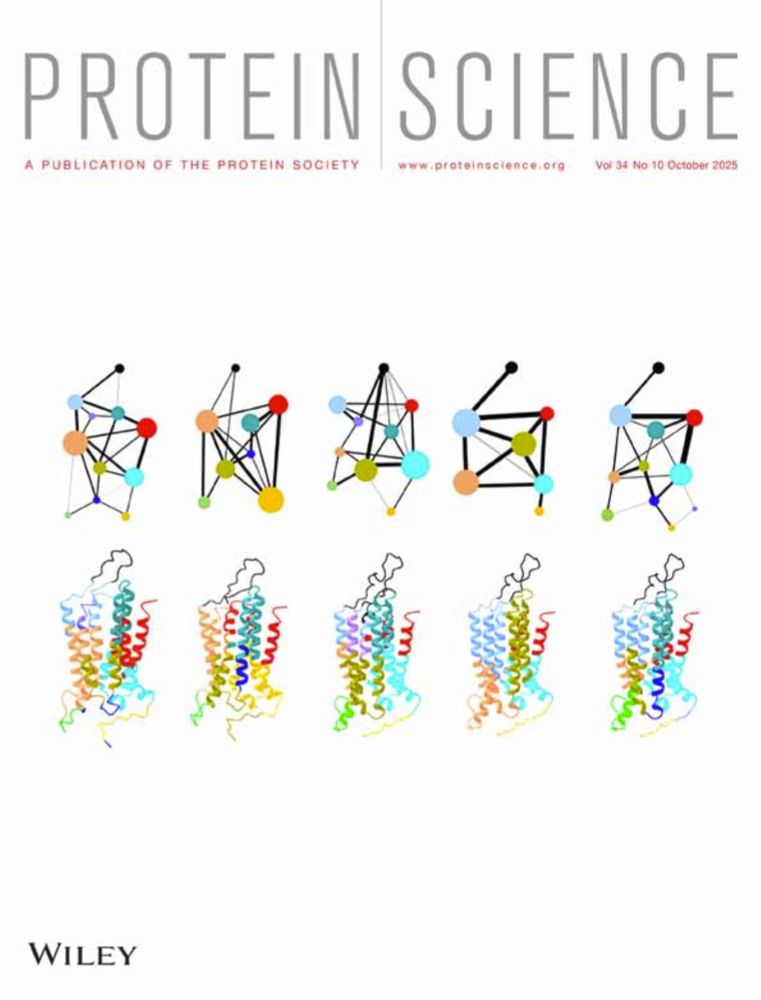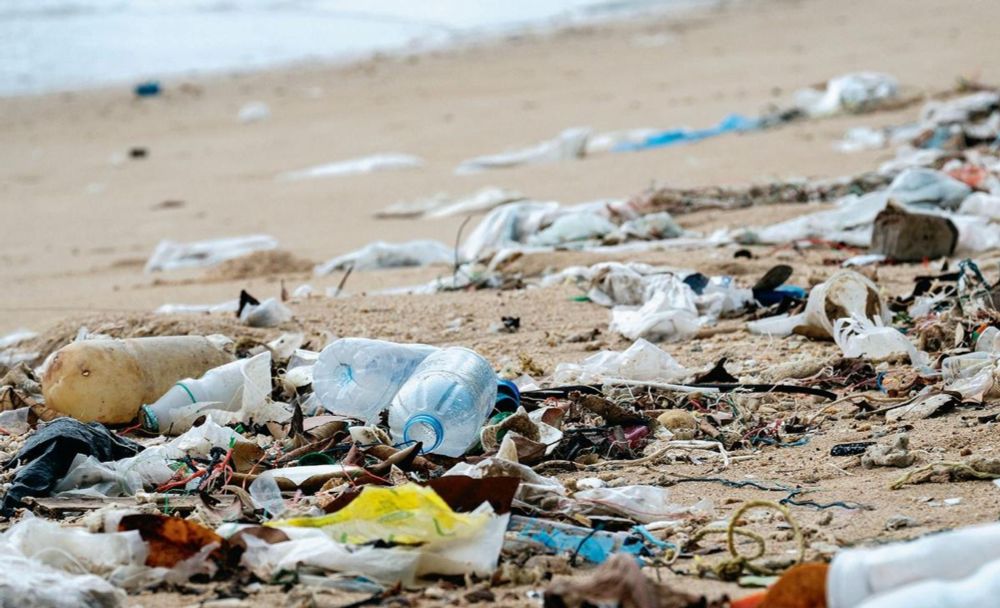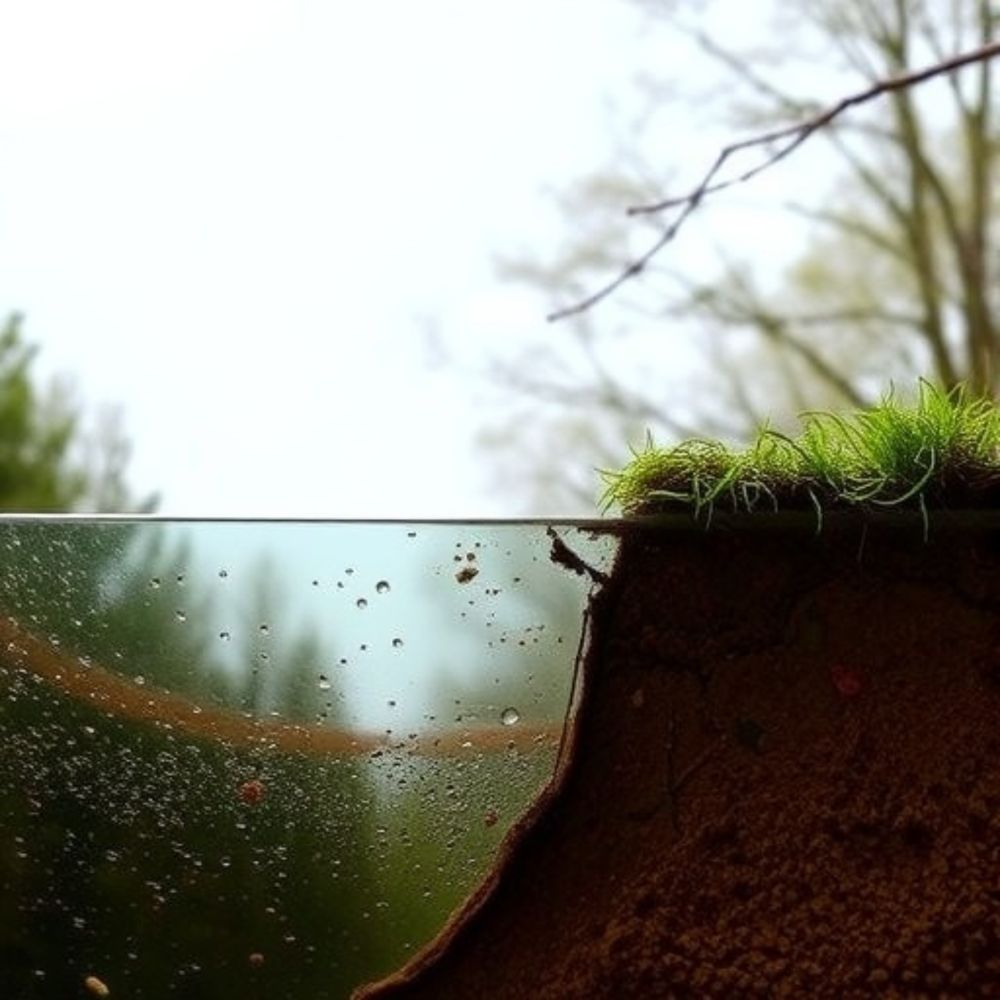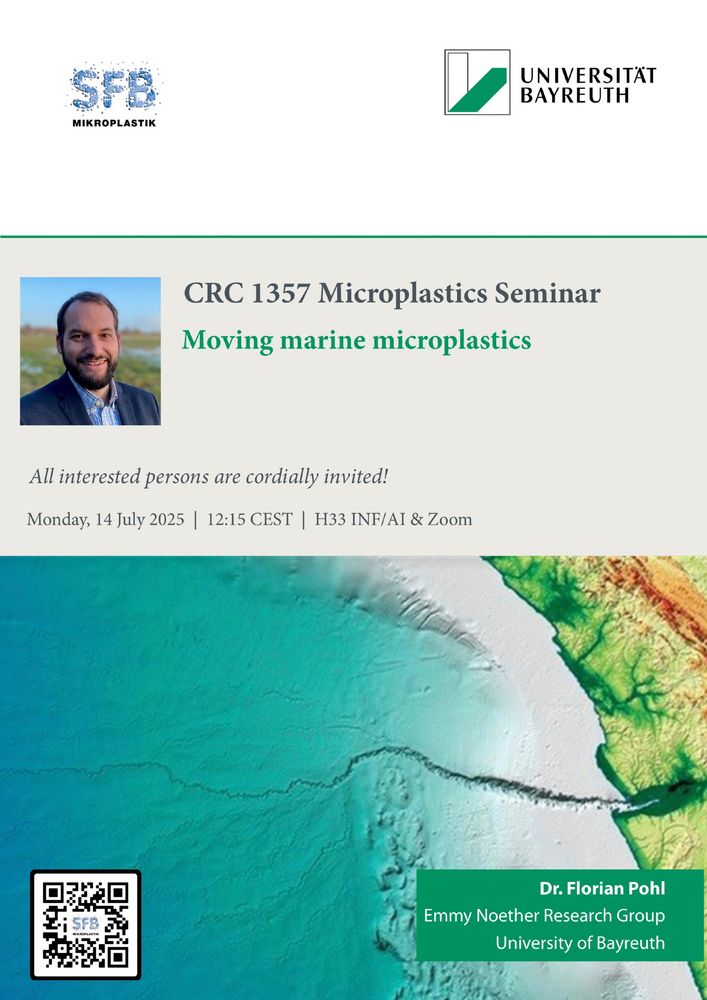Microplastics Research Center
@crc1357.bsky.social
100 followers
140 following
58 posts
Collaborative Research Centre CRC 1357 funded by the German Research Foundation. We are interested in the biological effects, transport and formation of microplastics in our environment. Speakers Christian Laforsch & Andreas Greiner #DFG #UniBayreuth #UBT
Posts
Media
Videos
Starter Packs
Reposted by Microplastics Research Center
Reposted by Microplastics Research Center
Reposted by Microplastics Research Center
Reposted by Microplastics Research Center
Reposted by Microplastics Research Center
Reposted by Microplastics Research Center














